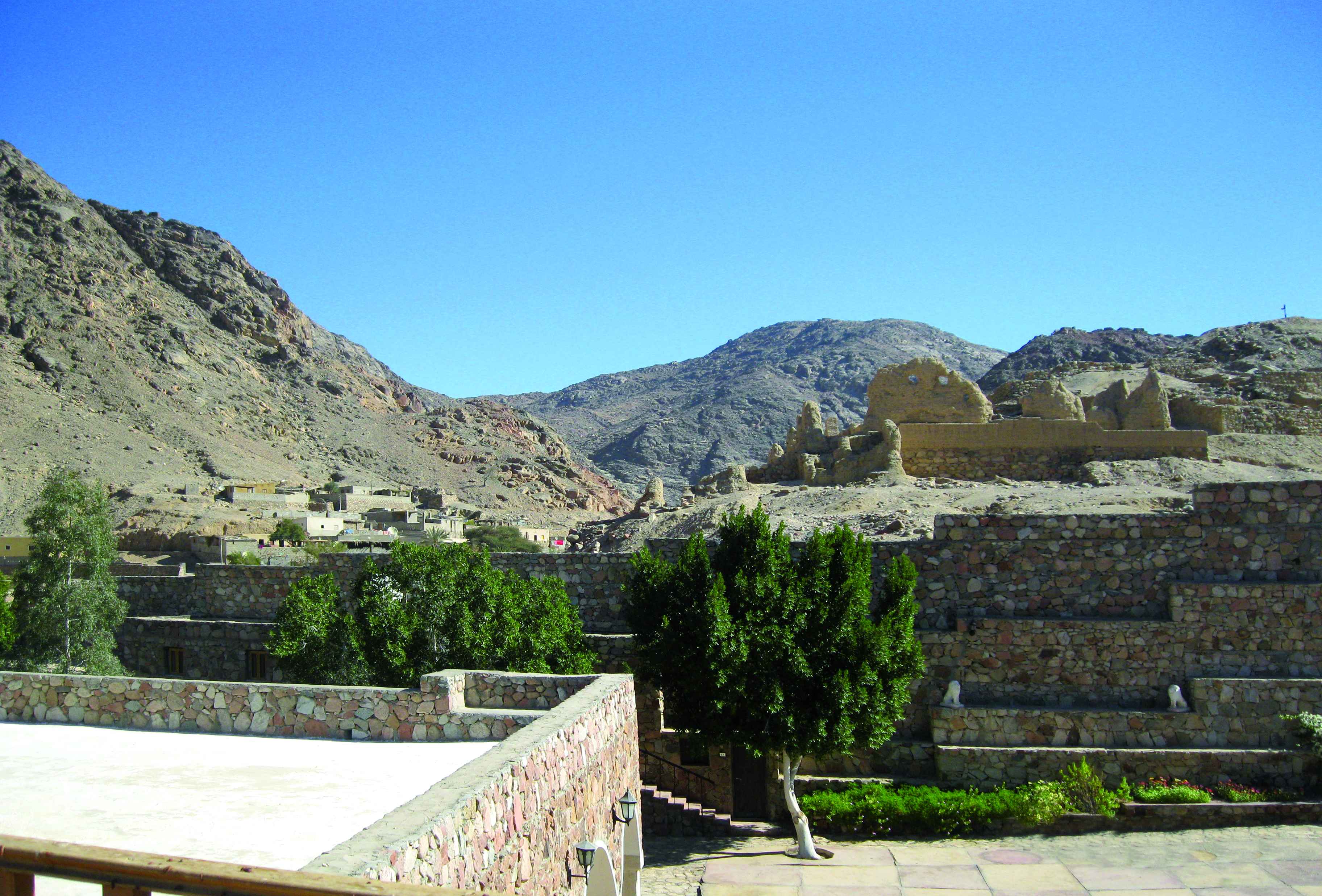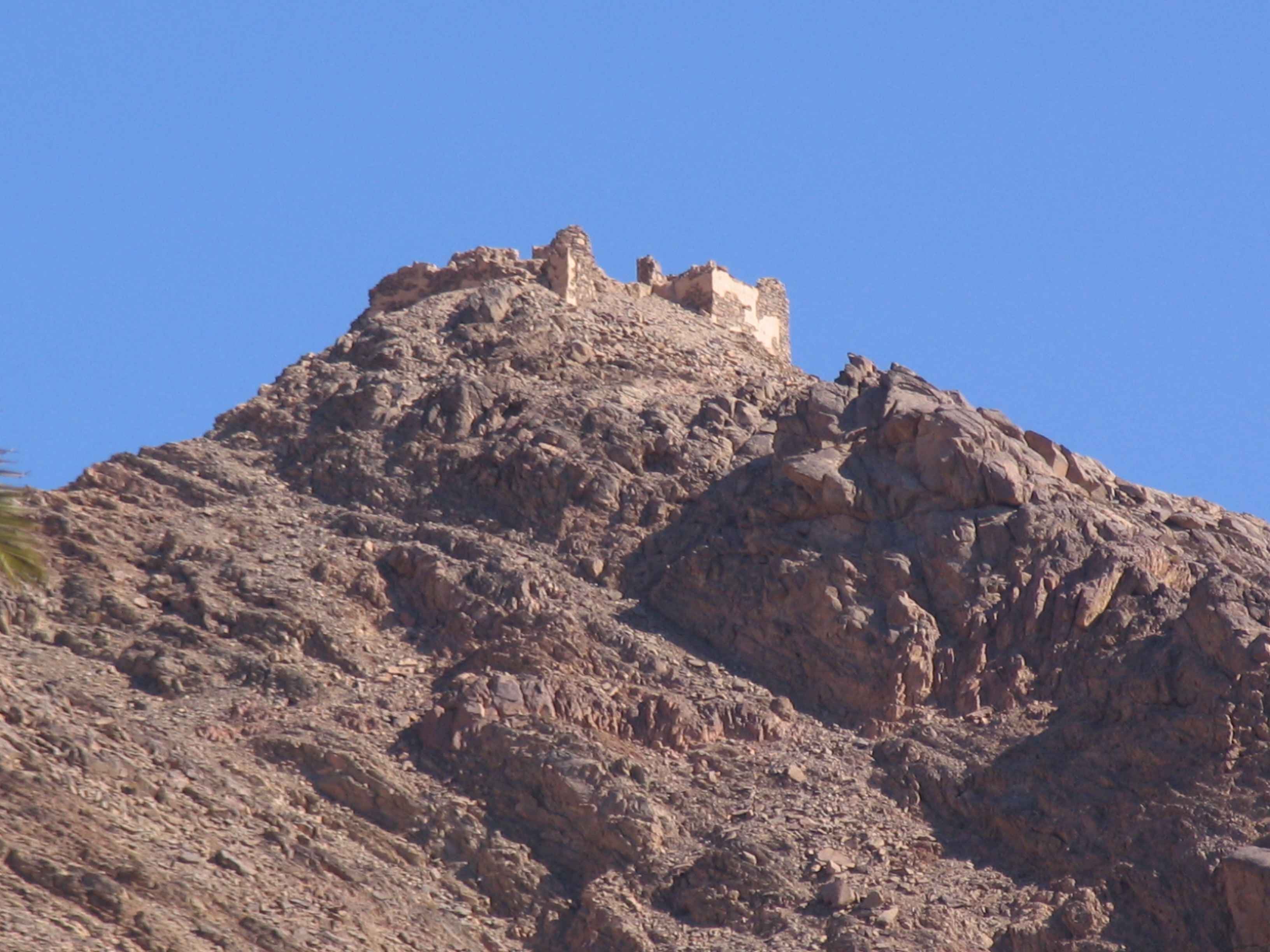PHARAN
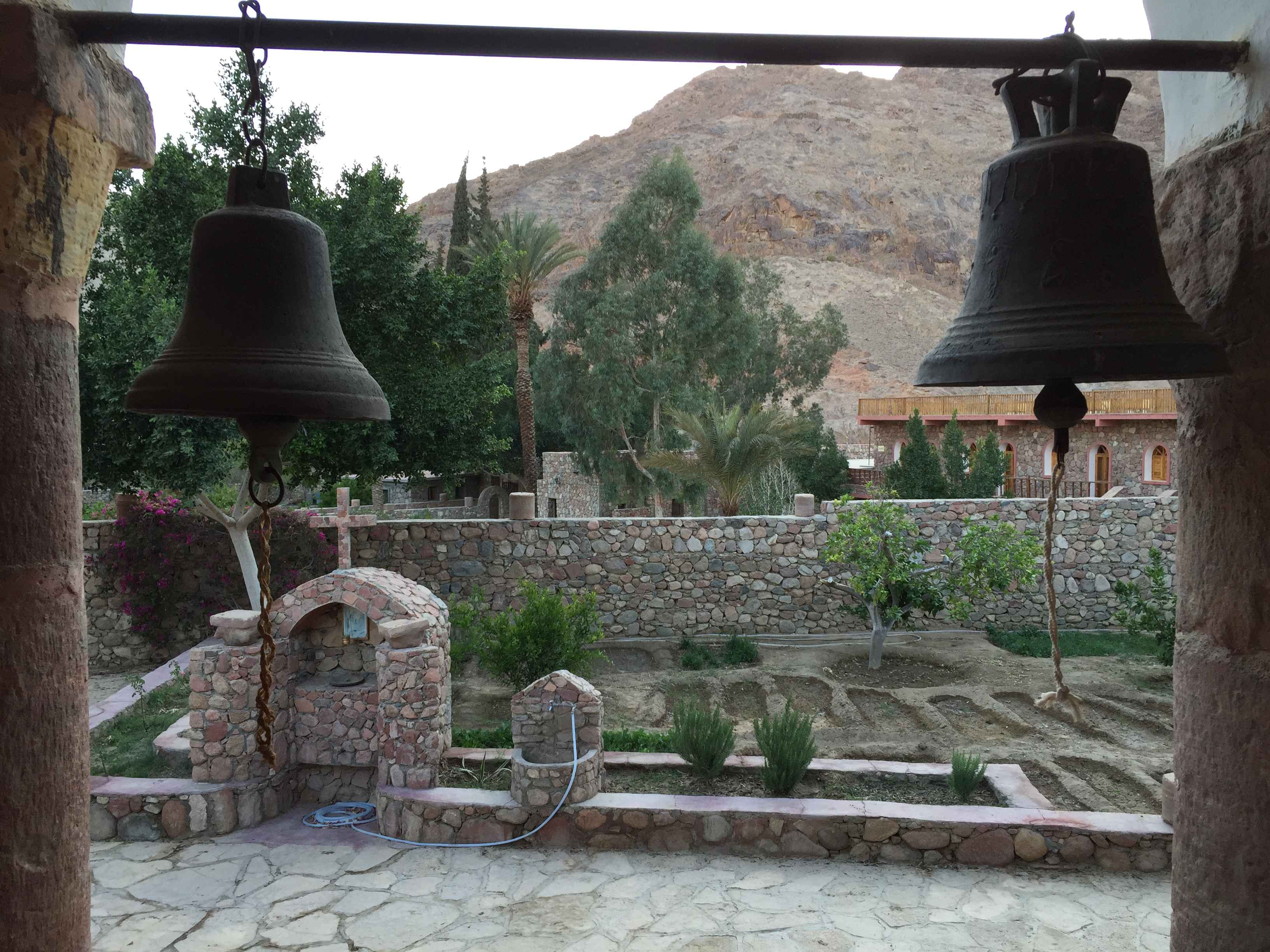
The Pharan Oasis (in modern Arabic, “Feiran”) was the largest urban centre of the Sinai peninsula in late Roman times, as well as being the site of the Bishop of Sinai.
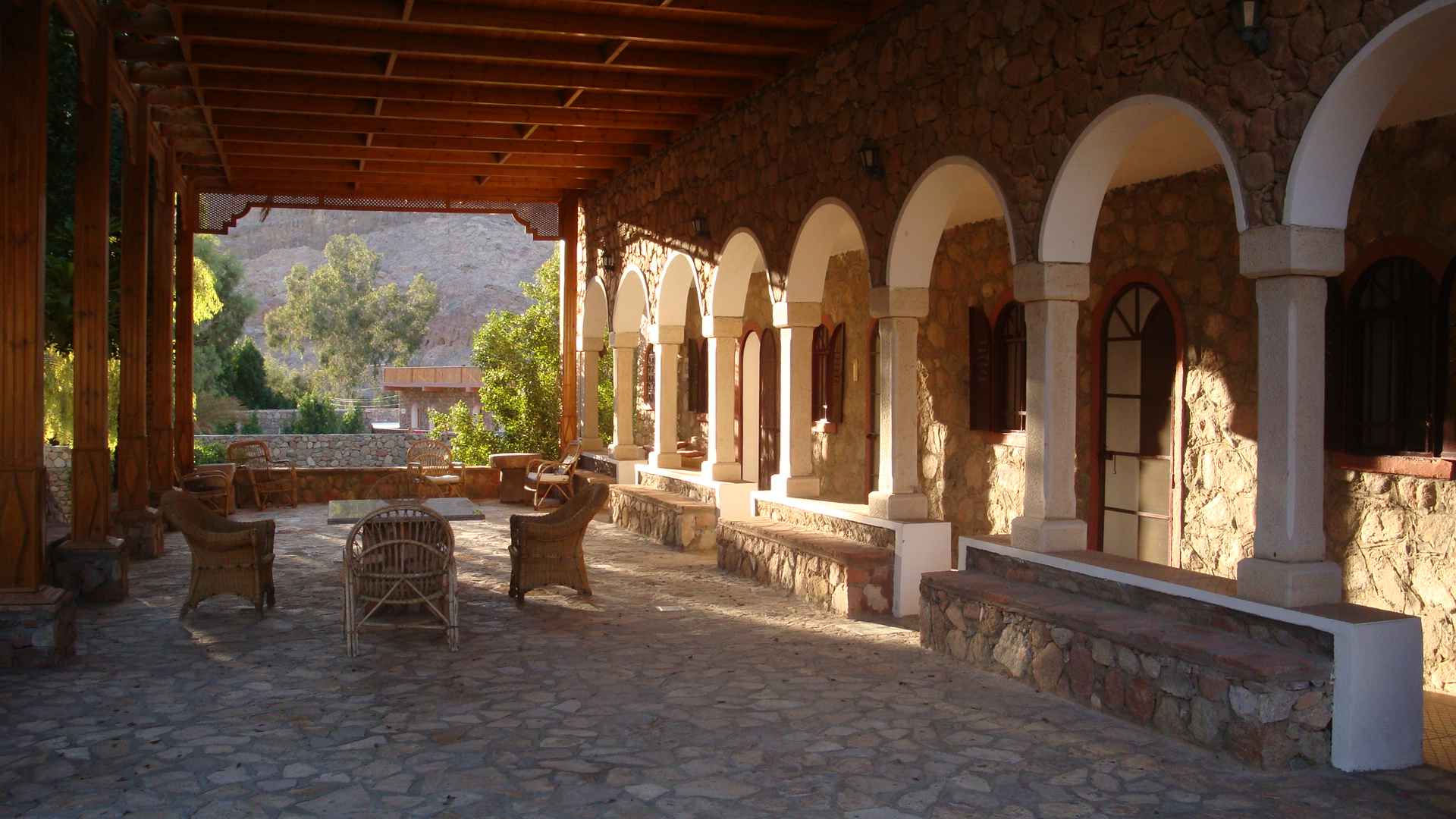
In recent times, the Holy Monastery of Sinai has undertaken the burden of funding excavations in the extensive complex of ruins in the area. These are being carried out by the German Archaeological Institute of Cairo, under the authorization of the Egyptian Archaeological Service. These excavations have revealed parts of an early Christian city and no less than seven churches, including a five-aisled basilica, that are dated between the fifth and seventh centuries.
Nearby is to be found the Convent of Pharan, dedicated to the Prophet Moses. The central church was built many years ago using architectural fragments from earlier structures.
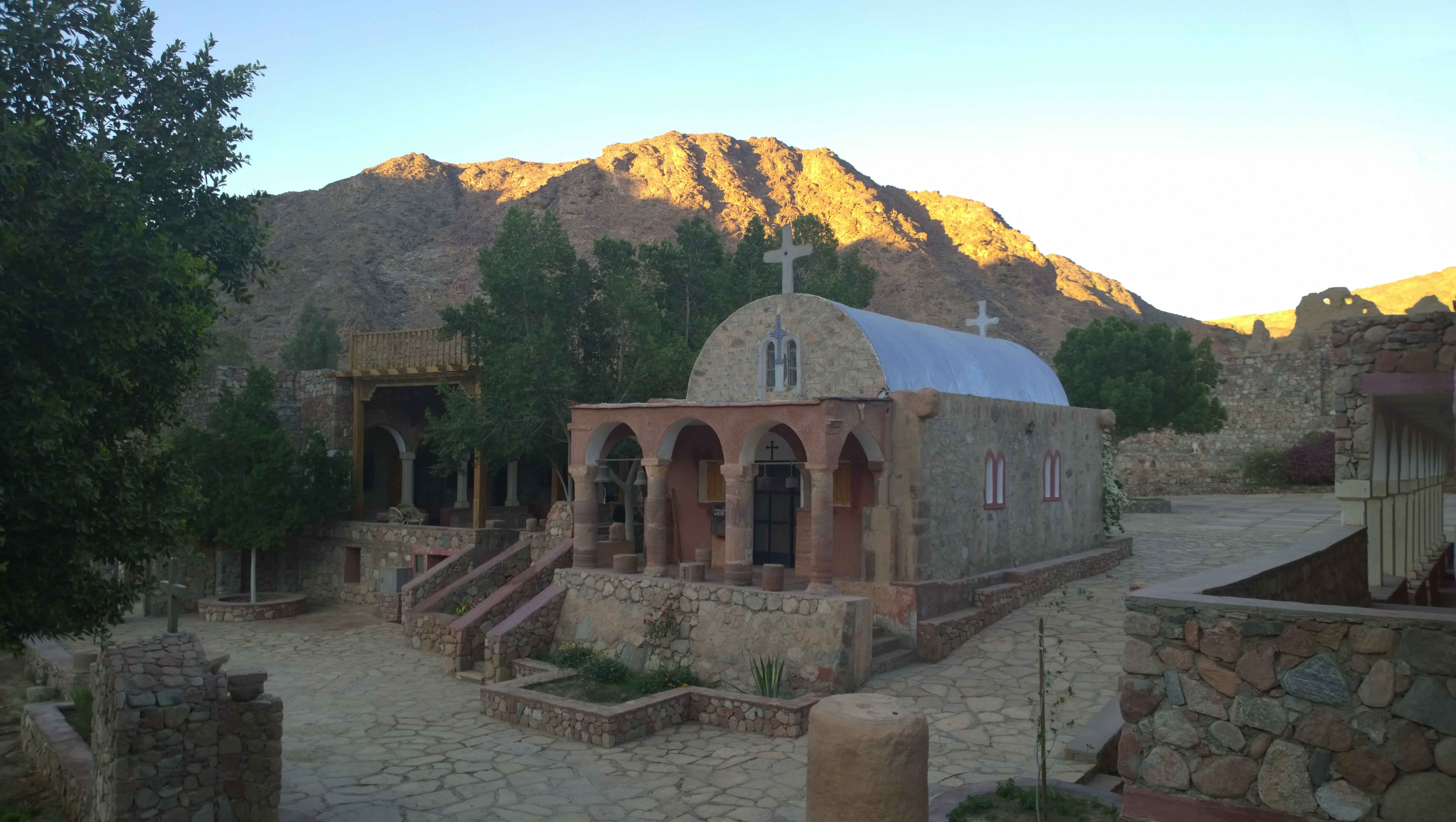
The more recent Church of Saints Cosmas and Damian houses an important inscription found at an earlier church with this same dedication. Yet another chapel, dedicated to the Dormition of the All-holy Theotokos, contains a burial place for the nuns. The convent maintains a healthcare clinic for the benefit of the local residents. In times past, fruits and vegetables were grown at Pharan for the support of the monastery. A wide range of citrus fruits are cultivated in the extensive orchard.
